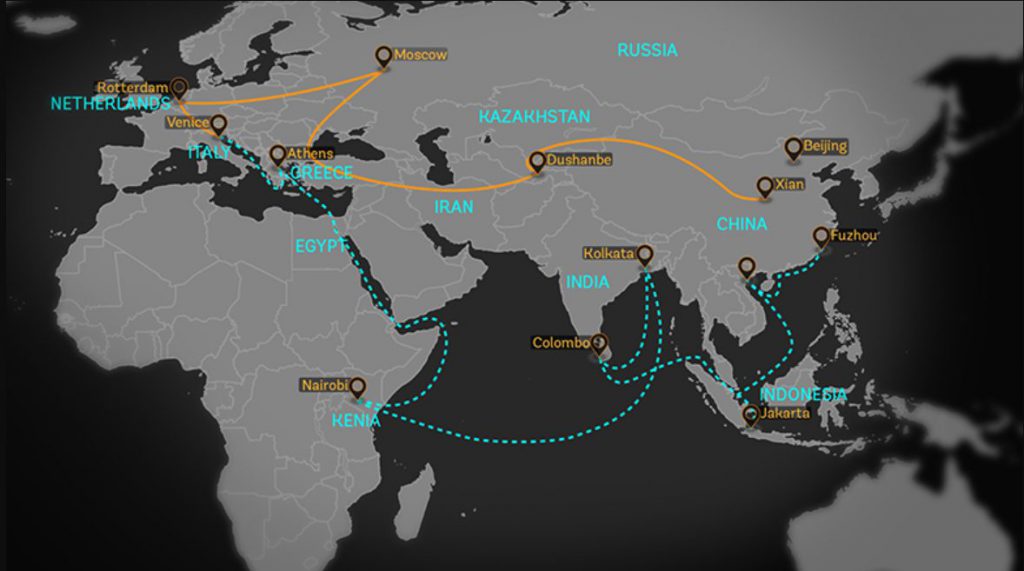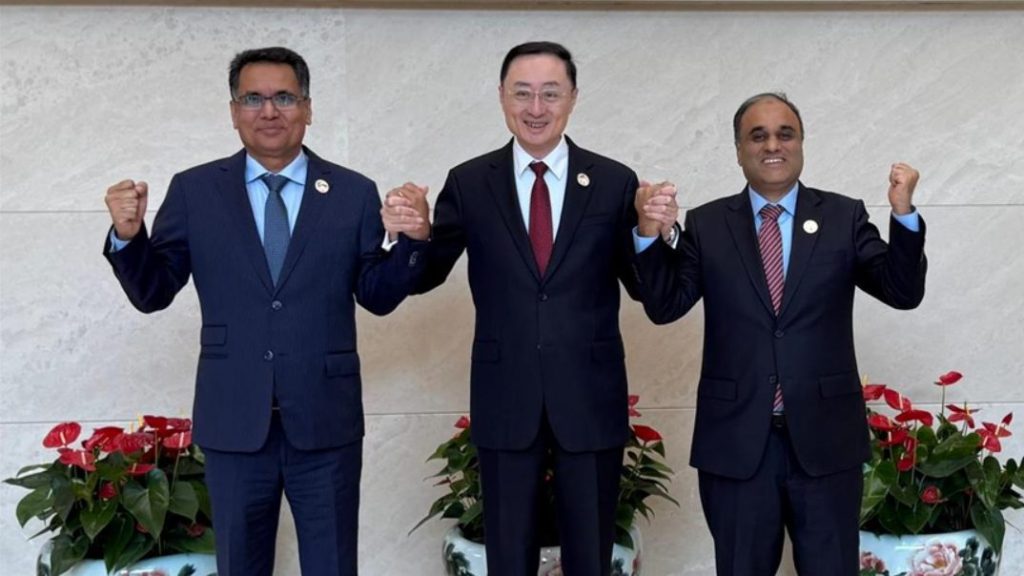How CPEC’s Bold De-Dollarization Move Supercharges China’s Belt & Road Dominance in Asia
China’s CPEC just flipped the script on Asia’s financial playground—ditching the dollar to turbocharge Belt & Road influence.
The ultimate power move? Cutting the USD out of the equation while expanding infrastructure dominance. No more greenback gatekeeping—just yuan-powered rails, ports, and pipelines.
De-Dollarization on Steroids: Beijing isn’t just diversifying—it’s rewriting Asia’s trade rulebook. Local currencies now bypass SWIFT, slashing transaction costs (and US leverage).
Belt & Road 2.0: With CPEC as the testing ground, China’s exporting its financial playbook—minus the dollar’s baggage. Think less ‘global reserve,’ more ‘regional dominance.’
The kicker? Wall Street’s still pretending this isn’t a tectonic shift. Meanwhile, Beijing’s building the next-gen trade infrastructure—no Fed approval needed.
Belt & Road Initiative Gains Momentum With CPEC De-Dollarization Shift

The CPEC de-dollarization strategy has gained significant momentum with Bangladesh’s acceptance of China and Pakistan’s joint offer to link up with the Belt and Road Initiative. This strategic MOVE transforms the China Pakistan Bangladesh alliance into a powerful economic force that challenges traditional financial systems across the region, and also creates new opportunities for trade diversification.
Trilateral Summit Advances CPEC De-Dollarization Strategy

China, Pakistan and Bangladesh have agreed to advance trilateral cooperation across multiple sectors during their first trilateral meeting held in the Chinese city of Kunming. This partnership’s Asia geopolitical strategy demonstrates how the CPEC economic corridor can extend beyond its original boundaries, and also how regional cooperation can reshape financial systems.
The three sides committed to promoting cooperation based on principles of
Prof. Cheng Xizhong, Senior Research Fellow at the Charhar Institute, stated:
Multi-Sector Cooperation Strengthens Belt and Road Initiative
The trilateral structure has promised to find common courses on major issues such as trade, industry, maritime accord, water resources, agriculture, climate change, health, education, youth, culture, and think tanks. This also complements the policy of de-dollarization in CPEC, although it also provides new economic directions that do not follow previously existing financial structures, which are Western in origin, and it has established new trade systems.
At the time of writing, Prof. Cheng noted that the China-Pakistan Economic Corridor, as the flagship project of the Belt and Road Initiative, can be extended to Bangladesh and also other countries in the future, thus becoming a multi-national economic corridor. The construction of the China-Pakistan-Bangladesh-Myanmar Economic Corridor, along with industrial parks and logistics networks, promotes the closed-loop of resources-manufacturing-markets.

